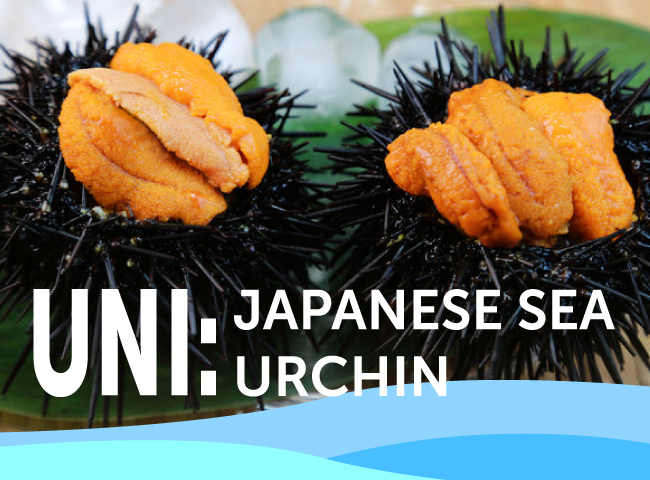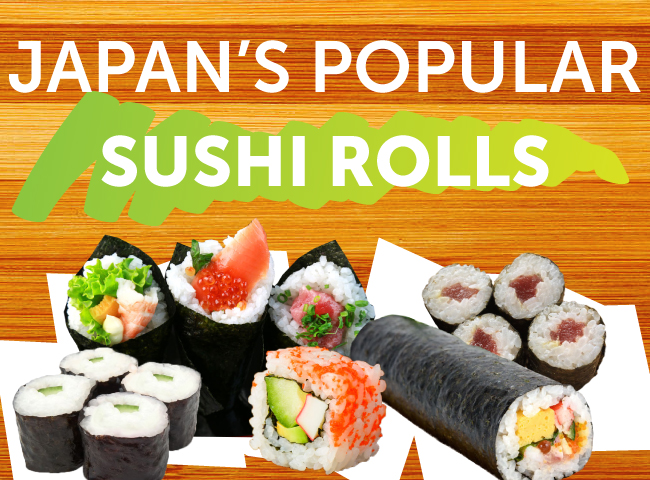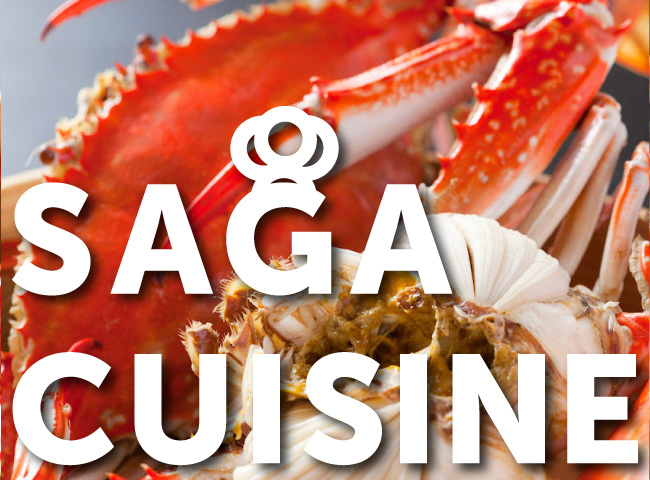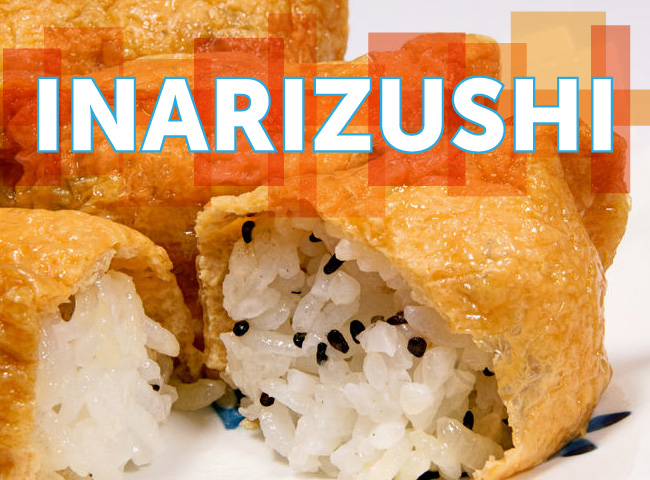8 Popular Ways to Eat Fugu (Japan Pufferfish)


Fugu is one of Japan’s most notorious foods, a delicacy famous for containing a toxin 1,200 times more deadly than cyanide and which has no known antidote. Commonly known in English as pufferfish, globefish, or blowfish, fugu is found in the Sea of Japan and has been consumed in Japan since the Jomon period, which dates back to 10,000 BC. Eating fugu was banned from the 1600s to 1800s by the shogunate after a number of samurai died from fugu poisoning. When fugu began to be eaten again during the Meiji era, it was considered a gourmet delicacy as only highly-skilled chefs could prepare the potentially deadly fish.

Wild fugu have different amounts of poison depending on species, and the amount of poison also varies with the season. The ovaries of the fish are highly deadly, but the liver and intestines can be toxic as well. A special knife called a “fugu hiki” is used to slice the fish and carefully remove the poisonous organs to ensure that no toxins can contaminate the meat. These must be properly disposed of as hazardous waste, stored in a special locked container, and burned. While researchers have managed to raise non-toxic fugu, wild fugu is still more common. Among the many different varieties of fugu, the two main kinds eaten in Japan are Torafugu and Mafugu.

Previously only licensed chefs were allowed to prepare fugu, but now whole fugu can be sold to restaurants with the poisonous parts already removed, which reduces the risk involved. In addition, the numbers of fugu-related deaths in Japan have fallen sharply in the last decade, with isolated incidents usually occurring due to someone catching and attempting to prepare the poisonous fish themselves.
Famous locations for wild pufferfish in Japan include the Fukuoka, Yamaguchi, and Shimane prefectures. Nagasaki prefecture accounts for 60% of Japan’s farmed pufferfish. Fugu is best eaten from October to March, with the peak season from December to February when pufferfish grow fat to survive the cold weather. Read on to learn more about the different ways to enjoy this tantalizing delicacy.
How to Eat Fugu
Raw: Fugu Sashimi, Fugu Sushi

One of the most popular ways to eat fugu is raw in sushi or sashimi. Fugu meat is non-fatty and has a uniquely firm texture. Some people say they can feel a tingling sensation from trace amounts of fugu toxin in the meat. When eaten as sashimi, it’s known as “fugusashi” or “tessa” in the Western Kansai region. Because the raw meat can be chewy, it’s sliced thinly to the point where it becomes transparent and is usually served on an elaborately patterned plate so that the design of the plate shows through the pieces of sashimi. Fugusashi may also be served aburi-style, with the exterior surface of the meat broiled and underneath still raw. The pieces of thinly sliced fugu meat are usually arranged in the shape of a chrysanthemum flower which, somewhat fittingly, is a symbol of death in Japan. The dish may be served with a garnish, such as thin stalks of negi around which the delicate slices of fugu are wrapped before dipping in a sauce of ponzu citrus or su-joyu (soy sauce and vinegar).
Fugusashi may be served together with the skin of the fugu, parboiled and thinly sliced in a dish called “kawasashi”. The milt of the fugu fish may also be eaten raw and is highly prized by many people as the finest part of the fish.
In a Hot Pot: Fugu Nabe (Tecchiri), Fugu Shabu
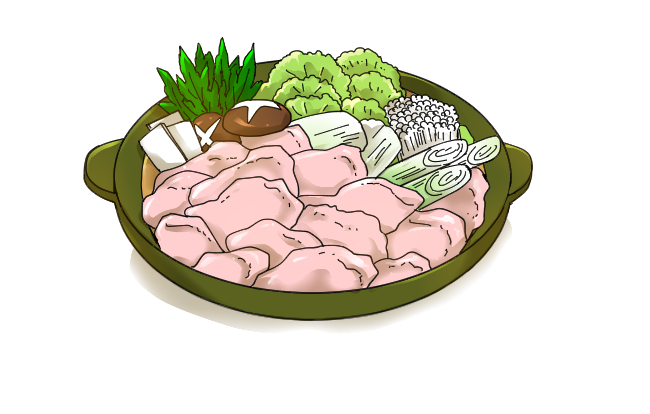
Fugu nabe, or hot pot, is a dish of fugu meat and skin simmered together with vegetables in a simple dashi broth made with kombu kelp that takes on the delicate flavor of the fugu during cooking. The dish is often called “tecchiri” or “fugu-chiri” for the “chiri, chiri” sound that fugu is believed to make in the broth as it cooks. Fugu-shabu is a similar dish to fugu hot pot, but rather than cooking all of the ingredients together in the nabe pot, each bite of fugu is swished lightly in the broth piece-by-piece over the course of the meal.
Fried or Grilled: Karaage-style, Sumibiyaki-style

In addition to raw and simmered fugu, the fish can be fried or grilled for a number of delicious dishes. Fugu no karaage is a dish of deep-fried fugu meat and bones, along with some of the organs which become creamy when fried. Fugu meat can also be cooked sumibiyaki-style, grilled over a charcoal flame. The milt is especially delicious grilled and is considered a huge delicacy. Fugu can be grilled in pieces and eaten, or the whole fillet can be seared then thinly sliced and flavored with a ponzu sauce.
With Rice: Fugu Zosui/ Ojiya, Fugu Chazuke

At the end of a meal of tecchiri hot pot, it’s common to finish the meal by adding cooked rice and beaten egg to the pot to make a porridge called “zosui” or “ojiya”, which is richly flavored from the fugu-infused broth. Fugu donburi is another rice dish featuring fugu served over steamed rice. The dish gets its name from the donburi bowl in which it is served. Also similar is fugu-chazuke, a dish of grilled fugu served on rice over which steaming hot tea or dashi soup is poured. Small bits of crunchy rice and other condiments are typically added for texture.
Eating Fugu Is Daring but Delicious!
Fugu has tantalized people in Japan for over a millennia, and in modern times tempted people around the world with the thrill of potential danger. Modern fugu preparations are much safer, and there are a number of delicious ways for this infamous fish to be prepared and enjoyed. Fugu lovers say is more than worth the possible risk involved! For real dare-devils, try washing down your fugu dishes with some “hire-zake”, a drink of dried fugu fins steeped in hot sake. The taste is a smoky and savory-tasting beverage, a cross between soup and alcoholic beverage. Check out Gurunavi’s restaurant listings for the best guide to fugu restaurants in Japan




